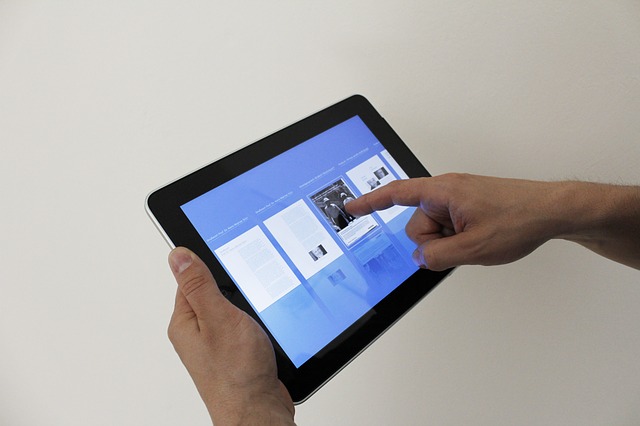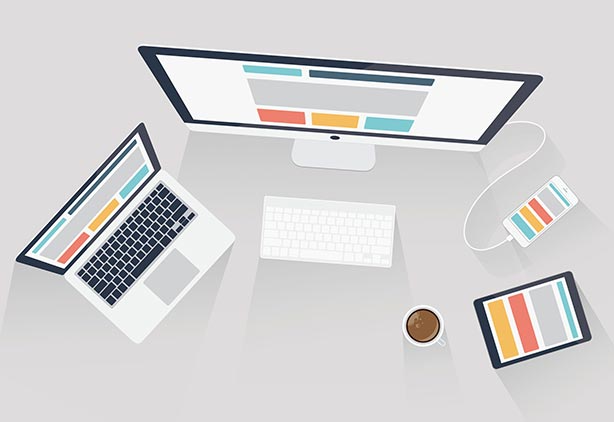Designing Intuitive Mobile Touch Interfaces through Fluid UI

Fluid UI, Enabling Rapid Prototyping
Fluid UI, a browser-based wireframing and touch-screen interface prototyping tool is the answer for this query. Built under HTML5, CSS3 and JavaScript languages, Fluid UI becomes platform independent which implies that, it is compatible with PC, MAC and Linux. Whether it is Android or iOS, the fluid UI allows the designers or users to create mockups through a simple interface. With this leverage the developer is given an excellent opportunity to perform necessary implementations required for the betterment of an app.
Apps are being developed in a rapid phase and the need for quick deployment will be every designer’s aspiration. Fluid UI fulfills that desire through supporting rapid development process. Also, Fluid UI is integrated with open source library such as jQuery to enhance the overall aspects of an application.
Benefits of Intuitive Designs
Applications with visually communicative designs and user-friendly navigational structures ensure to provide a better user-experience. The success of an app depends on how well the app is accessible to users. In short, it explains that an application which is fluid in nature can ensure greater access across various platforms and devices .Also, an app with greater interactivity level and good quality resolution is sure to reach more number of potential users. Responsiveness, efficiency and affiliation, are the three compelling attributes which will be achieved once the fluidity is incorporated to designs.
Final thoughts
Intuitive designs add soul to the apps, makes it more connecting and functional. Fluid UI is actually providing a greater privilege for the developers in testing their work on hand before the final deployment, thus enabling with greater options.



 +91 8277203000
+91 8277203000
